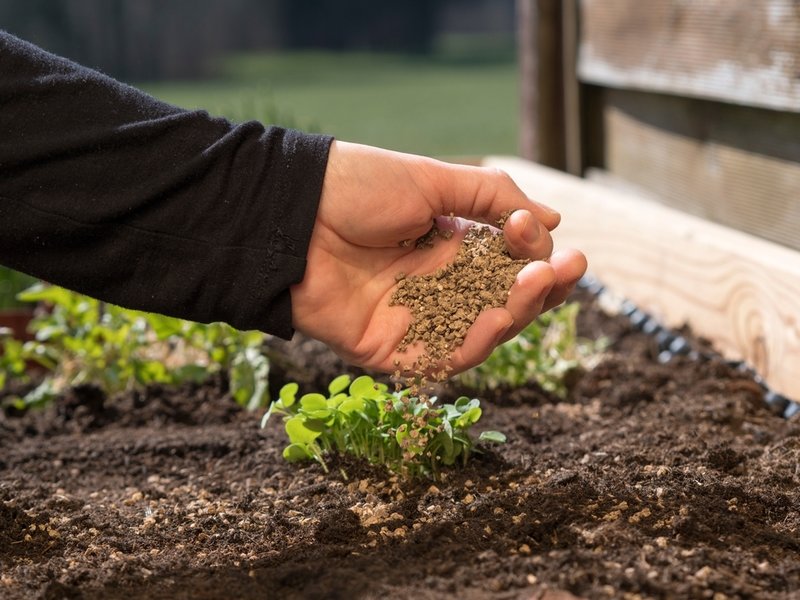Contents
- 1 How Often Should You Fertilize Indoor Plants? (Simple Guide for Beginners)
- 2 Why Fertilizing Indoor Plants Matters
- 3 How Often Should You Fertilize Indoor Plants?
- 4 Feeding Guidelines for Different Plant Types
- 5 Best Fertilizers for Indoor Plants
- 6 How to Fertilize Indoor Plants Correctly
- 7 Common Fertilizing Mistakes to Avoid
- 8 Signs Your Plant Needs Fertilizer
- 9 Final Thoughts on Fertilizing Indoor Plants
- 10 Related Articles
How Often Should You Fertilize Indoor Plants? (Simple Guide for Beginners)
Fertilizing indoor plants is one of the most important steps in keeping them healthy, vibrant, and growing strong. While sunlight, water, and soil are all essential, your houseplants also need extra nutrients to thrive indoors. In this beginner-friendly guide, we’ll cover how often you should fertilize indoor plants, the best types of fertilizers to use, common mistakes to avoid, and feeding tips for different plant types.
Why Fertilizing Indoor Plants Matters
Unlike outdoor plants that benefit from natural nutrients in the soil, indoor plants rely entirely on what you provide. Over time, potting soil loses its nutrients, and without fertilizer, your plants can suffer from:
- Slow or stunted growth
- Yellowing leaves
- Fewer flowers
- Weak root systems
Fertilizing regularly ensures your plants get the nutrients they need to stay lush and green.
How Often Should You Fertilize Indoor Plants?
The frequency of fertilizing depends on the type of plant and the season:
- Spring and Summer (Active Growth): Fertilize every 2–4 weeks.
- Fall and Winter (Dormancy or Slow Growth): Fertilize once a month or stop altogether, depending on the plant.
- Flowering Plants: Often need more frequent feeding during bloom cycles.
- Foliage Plants: Typically require less frequent feeding compared to flowering varieties.
General Rule: Feed regularly during growth seasons and reduce or stop during dormancy.
Feeding Guidelines for Different Plant Types
Not all houseplants have the same fertilizing needs. Here’s a quick breakdown:
- Succulents & Cacti: Fertilize sparingly—every 6–8 weeks during growing season. Use a cactus-specific fertilizer.
- Orchids: Apply a diluted orchid fertilizer weekly during blooming (“weakly, weekly” method).
- Tropical Foliage Plants (Monstera, Philodendron, etc.): Feed every 2–4 weeks with a balanced liquid fertilizer.
- Herbs (Basil, Parsley, Mint, etc.): Fertilize every 3–4 weeks with an organic liquid fertilizer.
- Flowering Plants (Peace Lily, African Violet, etc.): Fertilize every 2 weeks while in bloom with a phosphorus-rich formula.
Best Fertilizers for Indoor Plants
There are several types of fertilizers you can use:
- Liquid Fertilizer: Easy to apply with watering. Great for beginners.
Try this indoor plant liquid feed on Amazon. - Slow-Release Fertilizer: Pellets that gradually release nutrients over time. Ideal for busy plant owners.
- Organic Fertilizer: Made from natural ingredients like compost, worm castings, or seaweed extract.
- Specialty Fertilizers: Some plants, like orchids, citrus trees, or succulents, need unique formulas tailored to their needs.
How to Fertilize Indoor Plants Correctly
- Read the Label: Always follow the instructions on your fertilizer.
- Dilute When in Doubt: A half-strength solution is safer for sensitive plants.
- Apply to Moist Soil: Fertilizer can burn dry roots—always water lightly before feeding.
- Rotate Types: Alternate between liquid and slow-release fertilizers for balanced nutrition.
- Clean Salt Build-up: Flush soil with plain water every few months to remove excess fertilizer salts.
Common Fertilizing Mistakes to Avoid
- Over-fertilizing: Leads to fertilizer burn, yellow leaves, or root damage.
- Under-fertilizing: Causes weak, pale plants with poor growth.
- Using the Wrong Fertilizer: Not all plants need the same nutrients.
- Skipping Dormancy Adjustment: Feeding heavily in winter can harm plants.
Signs Your Plant Needs Fertilizer
- Pale or yellowing leaves
- Slowed growth
- Smaller new leaves compared to older ones
- Fewer flowers or buds
- Soil that hasn’t been refreshed in over a year
If you notice these signs, it’s a good idea to start a light feeding routine.
Final Thoughts on Fertilizing Indoor Plants
Fertilizing indoor plants doesn’t need to be complicated. By following a simple schedule—feeding every few weeks during spring and summer and reducing in fall and winter—you’ll keep your houseplants healthy and thriving. Different plants have slightly different needs, but the general rule is always to feed lightly and consistently. Remember, it’s always better to underfeed slightly than to overdo it. With the right fertilizer and consistent care, your plants will reward you with lush foliage and long-lasting blooms. For more details on fertilizing schedules, check out this RHS guide to feeding houseplants.

